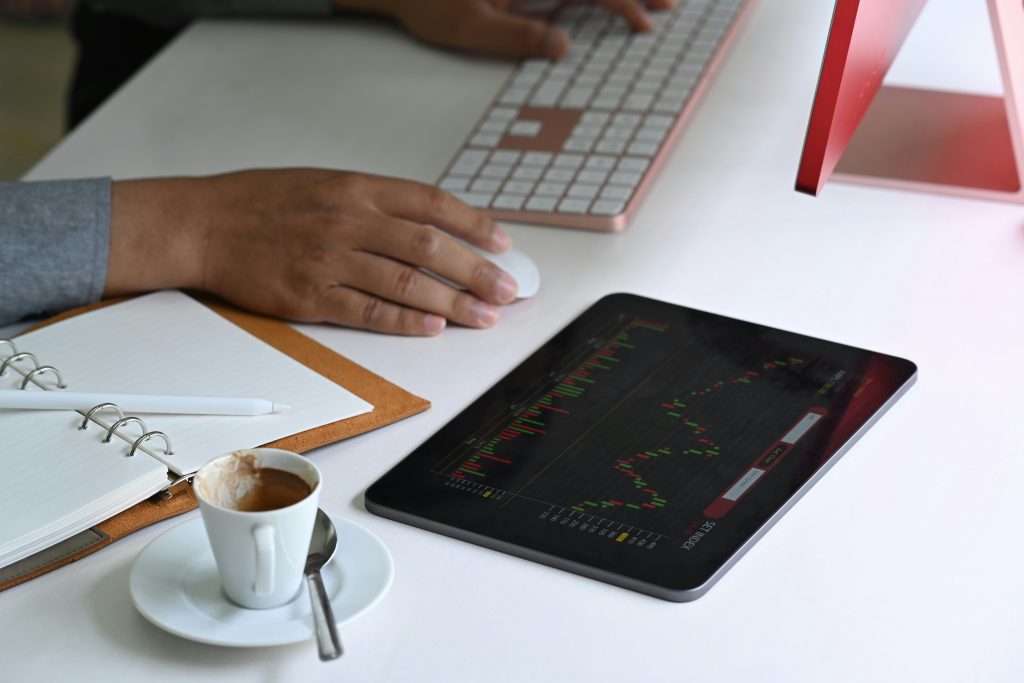If there’s one thing that keeps commodity traders up at night, it’s this nagging question: “What’s my real position right now?” In a world where markets move at breakneck speed and volatility is the new normal, having a crystal-clear view of your positions isn’t just good practice – it’s survival.
The evolution of position management
Remember when end-of-day position reports were considered good enough? Those days are long gone. Today’s markets demand real-time visibility, and for good reason. A position that looks profitable at breakfast might be underwater by lunch, and opportunities that exist now might vanish in minutes.
Real-time position awareness: the new standard
Think about a typical trading day. You’re juggling physical positions across multiple locations, managing futures hedges, and keeping an eye on currency exposure – all while the markets are moving. Miss one piece of this puzzle, and you might as well be trading blindfolded.
Modern position management isn’t just about knowing your numbers. It’s about understanding the story behind them. Where are your physical commodities? How are they hedged? What’s your exposure to market movements? These aren’t questions you can afford to answer with “let me check and get back to you.”
The three pillars of effective position management
1. Integrated view of physical and financial positions
Here’s where many traders still stumble. They track physical positions in one system, futures in another, and maybe spreadsheets for everything else. But in today’s markets, this fragmented approach is like trying to drive while looking through different mirrors for each lane – you’re bound to miss something critical.
The key is having a single, integrated view that shows you:
- Physical positions across all locations
- Futures and options positions
- Currency exposures
- Net position after hedging
2. Real-time risk assessment
Position management and risk management are two sides of the same coin. Every position change affects your risk profile, and every market move impacts your positions. That’s why modern position management systems don’t just show you where you stand – they help you understand what it means.
Think about a coffee trader managing positions across multiple origins. They need to know not just their total exposure, but how different market scenarios might affect their portfolio. What happens if arabica prices spike? These aren’t academic questions – they’re daily realities.
3. Forward-looking position analysis
Perhaps the most crucial shift in position management is the move from retrospective to prospective analysis. It’s not enough to know where you stand now; you need to understand where you might stand tomorrow.
Modern position management tools help you:
- Project future positions based on confirmed trades
- Analyze the impact of pending deals
- Assess potential margin calls
- Identify future delivery obligations

Technology's role in modern position management
The truth is, you can’t manage modern trading positions with outdated tools. Today’s markets demand systems that can:
- Update positions in real-time as trades are executed
- Integrate data from multiple sources automatically
- Provide instant scenario analysis
- Alert you to limit breaches before they happen
Common pitfalls to avoid
Even with the best systems, position management can go wrong. Here are the traps we see traders fall into:
- Relying too heavily on end-of-day reconciliation
- Failing to account for all risk factors
- Not stress-testing positions regularly
- Overlooking the impact of related markets
The future of position management
As we move through 2025, position management continues to evolve. The integration of AI and machine learning is opening new possibilities for predictive position analysis. Cloud technology is making real-time position management accessible to traders of all sizes.
But here’s the thing about position management: it’s not just about having the right technology. It’s about using it effectively to support your trading strategy. The best position management approach is one that gives you the confidence to act decisively when opportunities arise.
Making it work for your operation
The key to successful position management isn’t just implementing new tools – it’s adopting new ways of thinking. Start by asking yourself:
- How quickly can you assess your total exposure?
- Can you see all your positions in one place?
- Do you understand how market moves affect your portfolio?
- Are you confident in your hedging strategy?
The future belongs to traders who can answer these questions instantly, confidently, and accurately. Because in today’s markets, position management isn’t just about keeping track – it’s about staying ahead.
Ready to transform how you manage your trading positions? Let’s talk about how modern CTRM solutions can help you achieve better position visibility and control.

